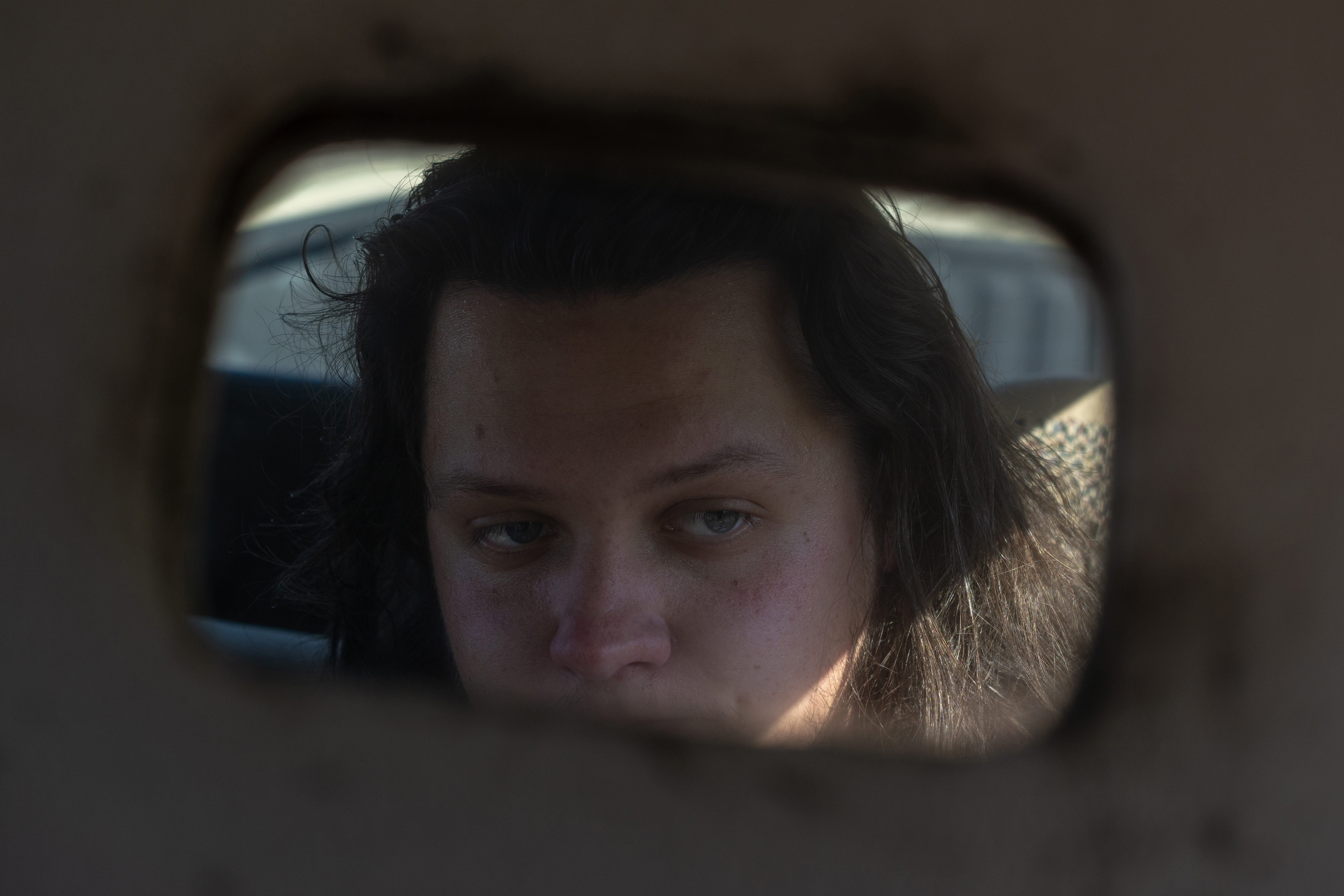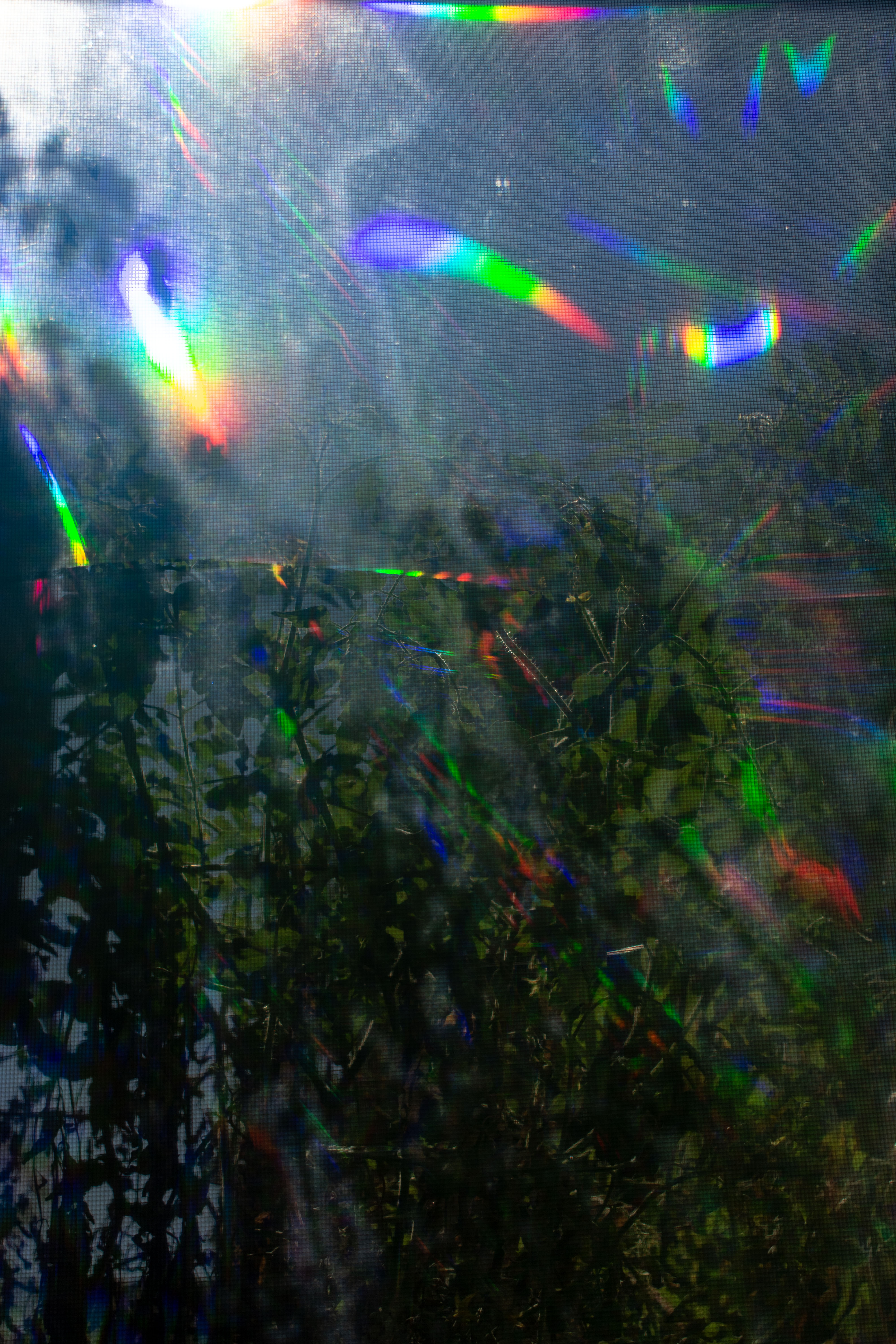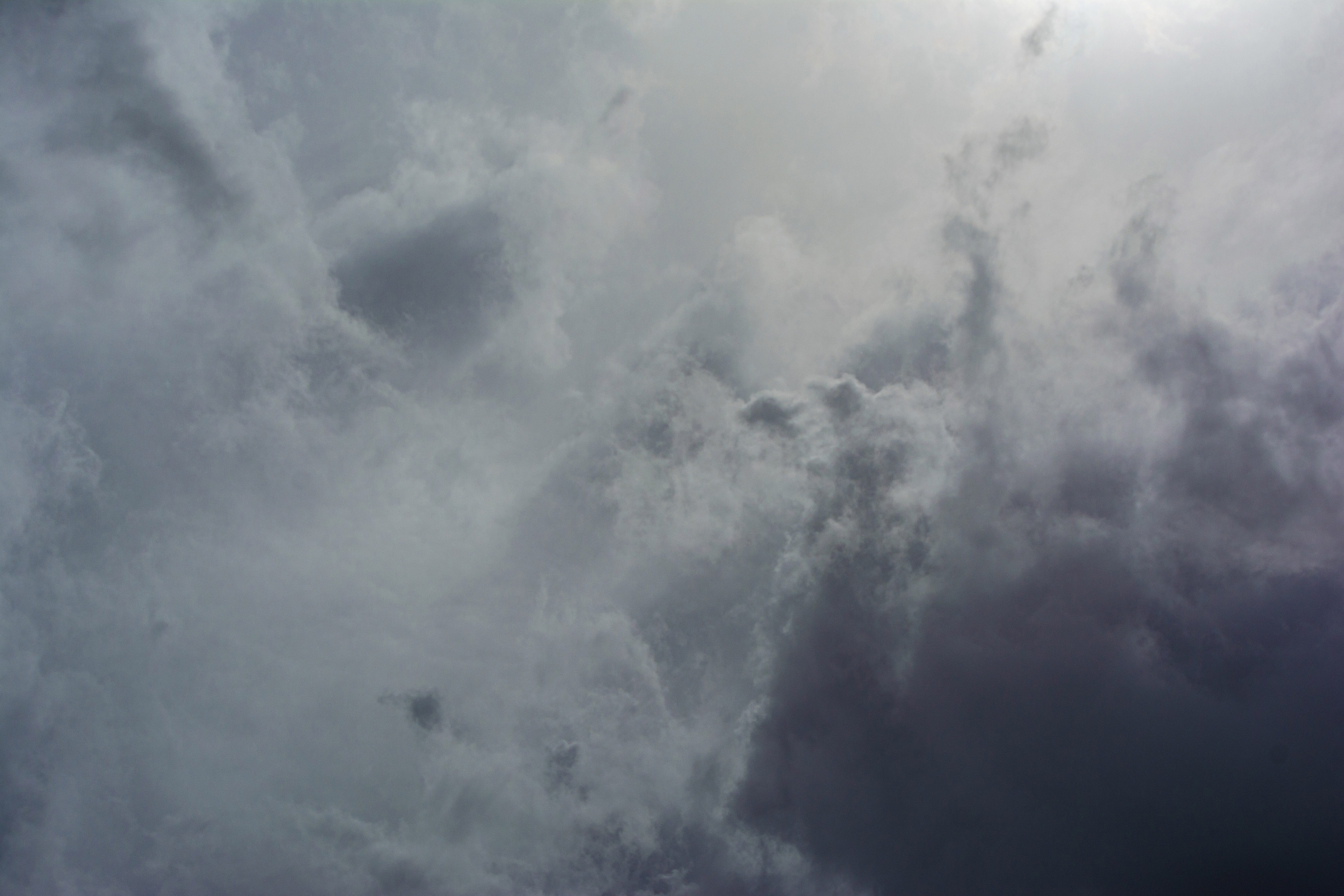Carl Sagan once said “Science is not only compatible with spirituality, it is a profound source of spirituality.” I am an artist who weaves computer technology with lens-based mediums, and in this series I suggest how profound life is when the veil on reality is lifted.
Using Jason Rampe’s Visions of Chaos application, I’ve learned about chaos theory, a branch of science and math that aims to simulate deterministic systems in nature like dendritic growth, cellular automata, and turing patterns. One of these simulations is the computer vision program Google Deepdream, a convolutional neural network that identifies and enhances patterns in images, creating algorithmic pareidolia (a human ability to identify visual meaning in arbitrary patterns).
Deepdream helped pave the way for artificial intelligence in the late 2010s but it is also based around the architecture of a brain’s neural circuits, playing into chaos theory, and suggesting that art imitates life. In my process, I feed my photographs through Google Deepdream to generate patterns of pareidolic visions.
An artist who has inspired me is painter Alex Grey, whose work is best described as psychedelic realism, visionary, sacred, and clinical. He has created hundreds of detailed and vibrant paintings by hand that depict energy webs radiating from someone who is experiencing love, higher consciousness, creative insight, or despair. My use of Google DeepDream expands on Grey’s themes of psychedelic realism by using computer technology and chaos theory to suggest the spiritual connection between science and art.
The themes of this series go beyond chaos theory as I also create self-portraits that utilize diffraction grating film, which splits visible light into a spectrum. Whether I appear bewildered or full of joy, the mirage of colors help suggest that the experience being had is full of life.
Using Jason Rampe’s Visions of Chaos application, I’ve learned about chaos theory, a branch of science and math that aims to simulate deterministic systems in nature like dendritic growth, cellular automata, and turing patterns. One of these simulations is the computer vision program Google Deepdream, a convolutional neural network that identifies and enhances patterns in images, creating algorithmic pareidolia (a human ability to identify visual meaning in arbitrary patterns).
Deepdream helped pave the way for artificial intelligence in the late 2010s but it is also based around the architecture of a brain’s neural circuits, playing into chaos theory, and suggesting that art imitates life. In my process, I feed my photographs through Google Deepdream to generate patterns of pareidolic visions.
An artist who has inspired me is painter Alex Grey, whose work is best described as psychedelic realism, visionary, sacred, and clinical. He has created hundreds of detailed and vibrant paintings by hand that depict energy webs radiating from someone who is experiencing love, higher consciousness, creative insight, or despair. My use of Google DeepDream expands on Grey’s themes of psychedelic realism by using computer technology and chaos theory to suggest the spiritual connection between science and art.
The themes of this series go beyond chaos theory as I also create self-portraits that utilize diffraction grating film, which splits visible light into a spectrum. Whether I appear bewildered or full of joy, the mirage of colors help suggest that the experience being had is full of life.





















